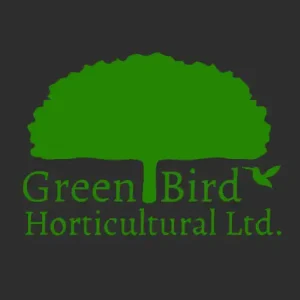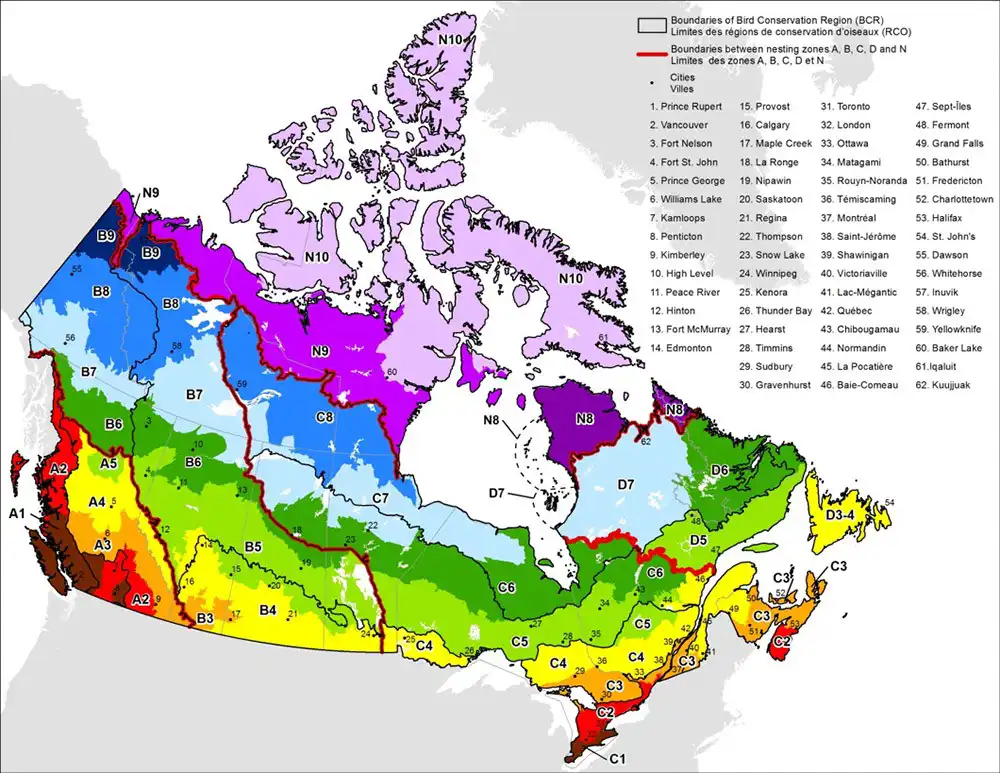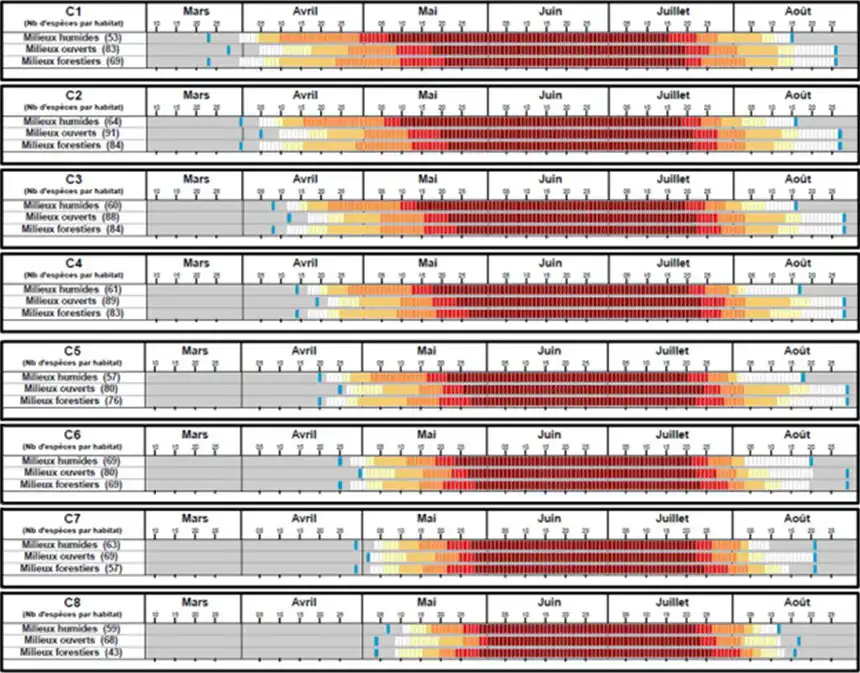
Professional, Certified Breeding Bird Surveys
A Breeding Bird Survey is done by a Qualified Biologist to be in compliance with special provisions with many construction tenders and land clearing.
Why is it important to get a breeding bird survey done?
- Canada is the seasonal home to over 450 migratory bird species of which 390 are protected under the 1994 Migratory Birds Convention Act (MCBA) and the 2022 Migratory Bird Regulations (MBR).
- It is illegal to capture, kill, injure, or disturb migratory birds, their nests, or eggs if they are listed in the MBCA.
- Our Qualified Biologist understands the legal implications and has the expertise to ensure these birds are not disrupted to keep your development or jobsite within the law.
- An empty nest doesn’t mean it is not in use.
Acquiring a nesting bird survey by a Qualified Biologist will ensure the proper protocol is followed, ensuring your project gets started quickly, and Canada’s native migratory birds remain safe. At Green Bird Horticultural Ltd., our qualified biologists can perform time-sensitive, breeding bird surveys to help protect breeding birds for your project.
Why Choose Green Bird Horticultural for Breeding Bird Surveys?
ISA Certified Arborists
TRAQ Certified
35+ Years Experience
Environmentally Conscious
Fully Insured
Green Bird Horticultural is insured with full-range liability insurance for up to $5,000,000, ISA certified and TRAQ certified. It’s important to note that hiring an ISA certified and insured arborist report service like Green Bird Horticultural is crucial for ensuring you are in compliance with municipal and commercial regulations.
FAQ
More Below
Why is it Important to Get a Breeding Bird Survey?
- Canada is the seasonal home to over 450 migratory bird species of which 390 are protected under the 1994 Migratory Birds Convention Act (MCBA) and the 2022 Migratory Bird Regulations (MBR).
- It is illegal to capture, kill, injure, or disturb migratory birds, their nests, or eggs if they are listed in the MBCA.
- Our Qualified Biologist understands the legal implications and has the expertise to ensure these birds are not disrupted to keep your development or jobsite within the law.
- An empty nest doesn’t mean it is not in use.
How to adhere to the MBCA and MBR?
The best way to adhere to the MBCA is to conduct land clearing projects outside of the active breeding window for protected species (September to late March). The nesting period begins when a bird has laid its first egg and ends when the young have naturally left the nest vicinity (fledged) and can survive on their own. During this period there is a higher chance of discovering, and therefore impacting, the listed birds. The nesting period is important as nests provide a place for egg-laying, incubation, and rearing offspring, while decreasing the chance of predation and increasing reproductive success.
To assist individuals with determining when a bird protected by the MBCA might be nesting, Environment and Climate Change Canada (ECCC) has highlighted specific geographical areas as nesting zones that roughly correspond to Bird Conservation Regions. These zones identify the general nesting period of the migratory birds in this area. ECCC has identified five zones within Canada, Zones A through D and N. Ontario is classified as part of Zone C (C1 to C6), where the nesting period occurs from the earliest at late march and can extend until late August.
Acquiring a nesting bird survey by a Qualified Biologist will ensure the proper protocol is followed, ensuring your project gets started quickly, and Canada’s native migratory birds remain safe. At Green Bird Horticultural Ltd., our qualified biologists can perform time-sensitive, breeding bird surveys to help protect breeding birds for your project.
Why is it important to obtain a Qualified Biologist?
Conducting these surveys requires an understanding of bird biology because trees, shrubs and grassy areas provide habitat options that can host a wide range of bird species, each with their own nesting preferences.
An empty nest doesn’t always indicate a nest is not in use, as some birds return each year to reuse the same nest, while others will return to use the same nest multiple times in a breeding season. An empty nest may also indicate eggs are soon to be laid, and removing this nest could present problems for the bird if it cannot rebuild its nest in time.
With an effective tree protection plan, you can ensure the conservation and maintenance of trees on your property. Not only does this benefit the environment, but it also adds value and beauty to your property. Trees are an essential part of our environment, providing numerous benefits such as clean air, shade, and beauty. However, with urbanization and development, trees are often at risk of being damaged or removed. That’s why it’s crucial to have a tree protection plan in place to ensure the conservation and maintenance of trees.


